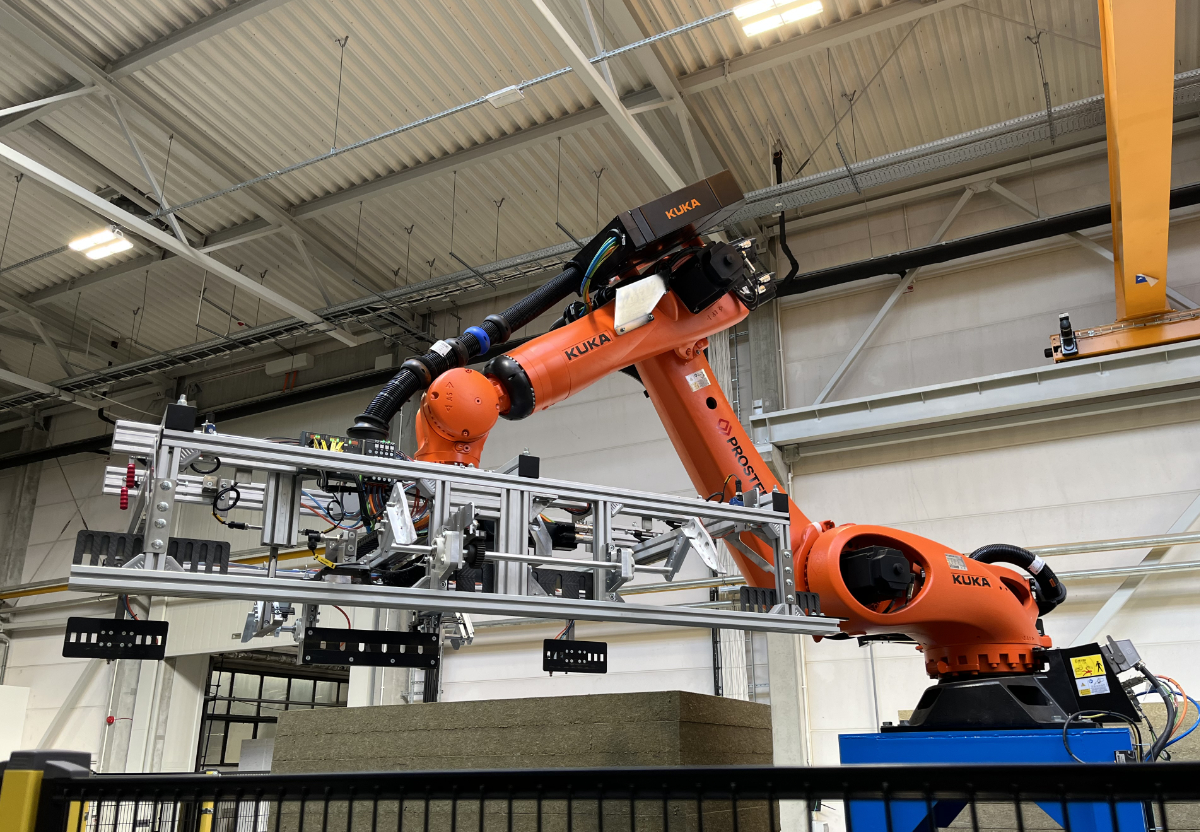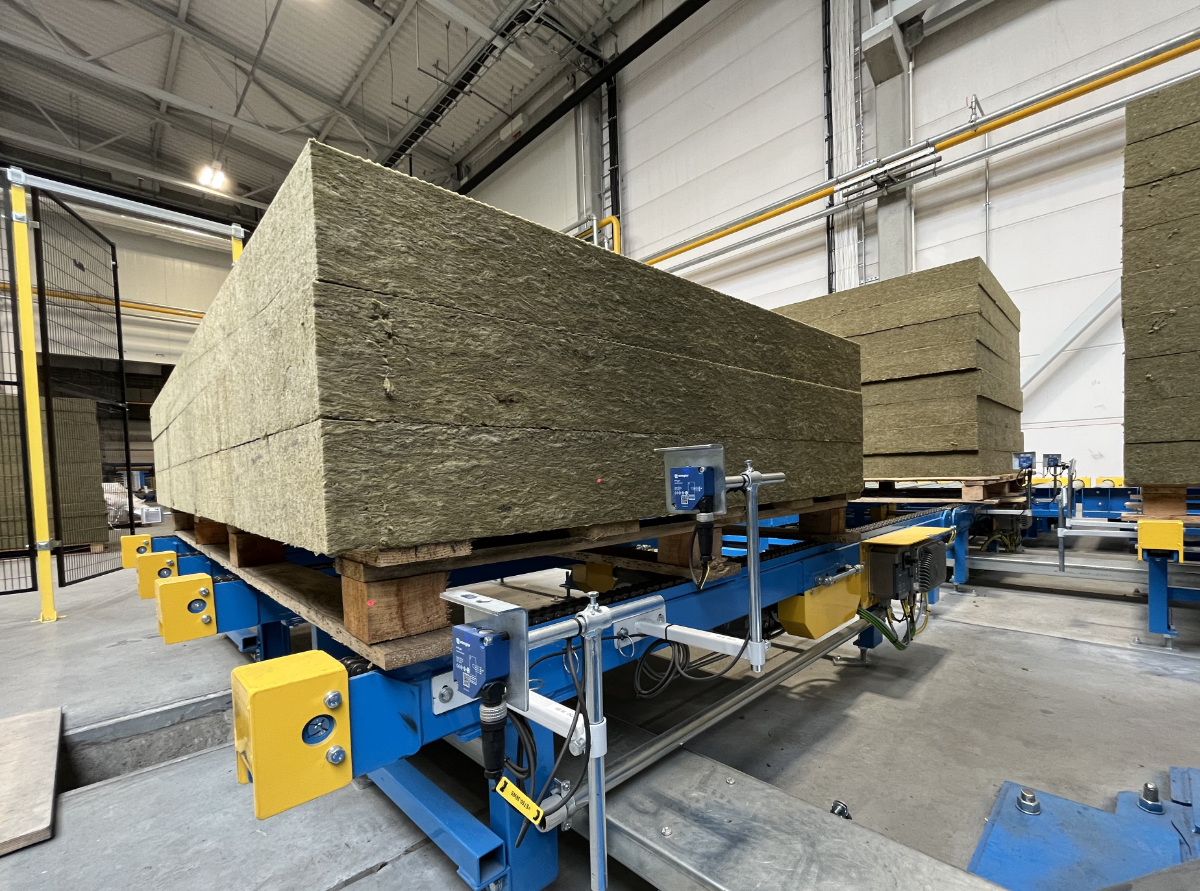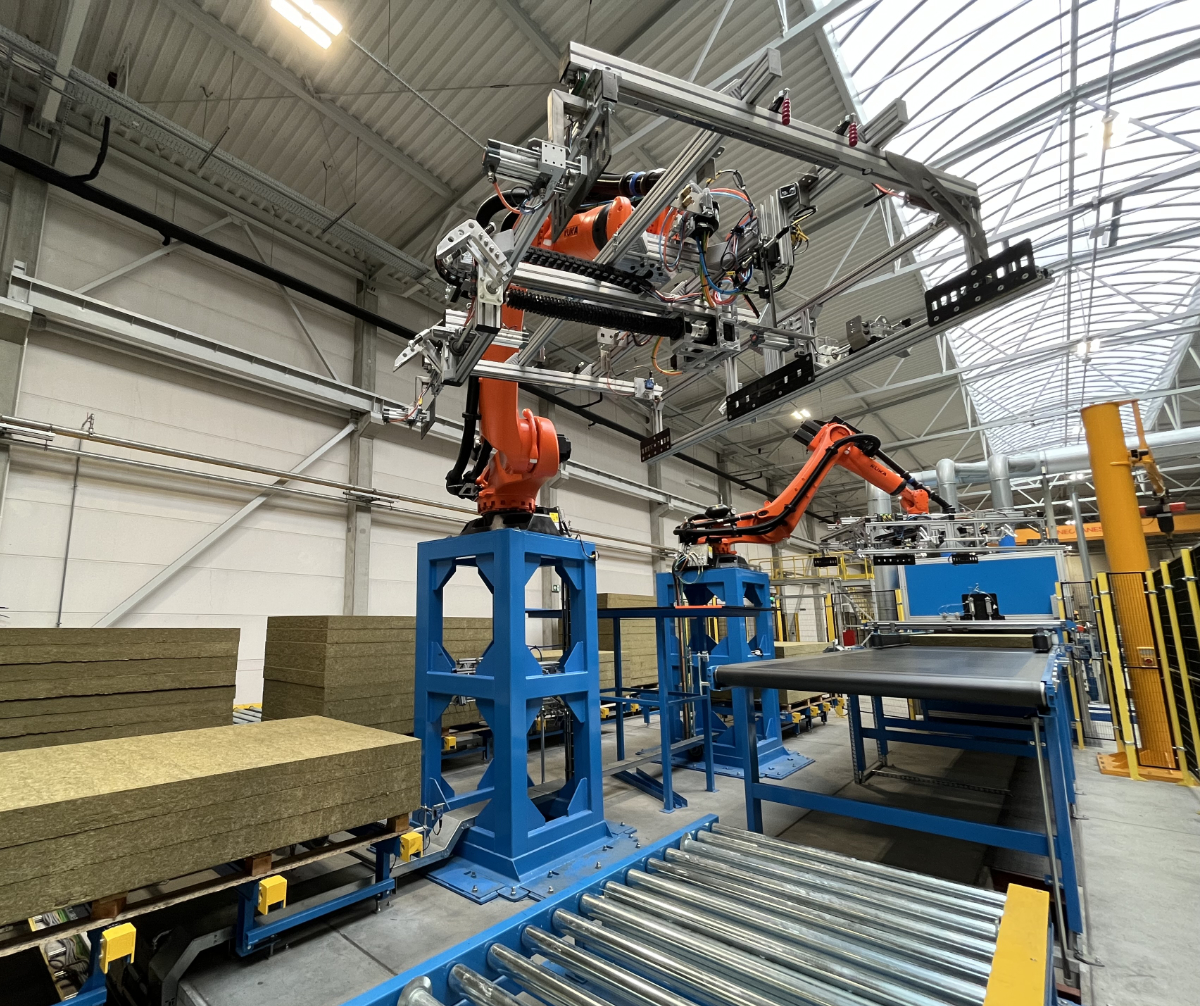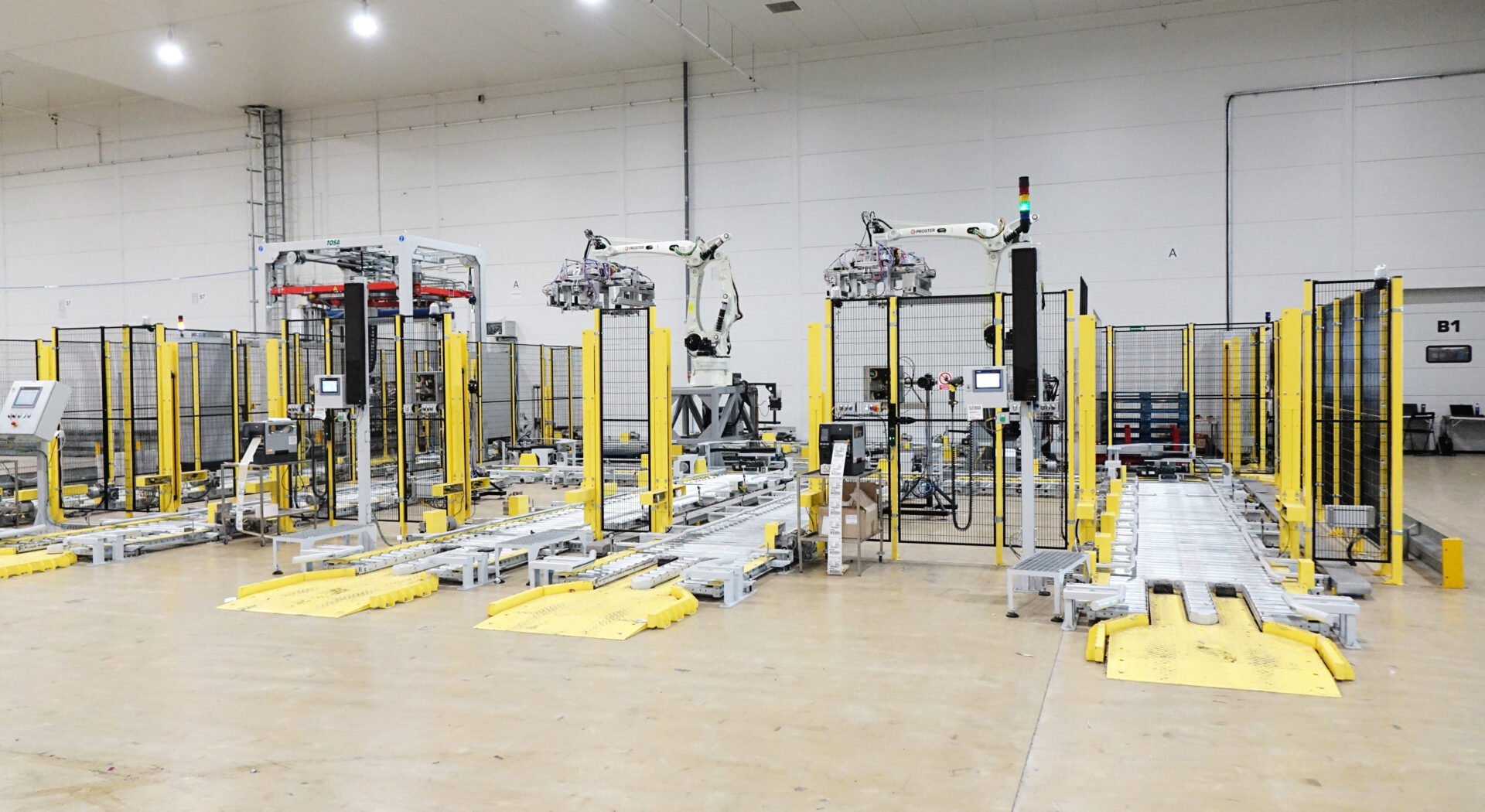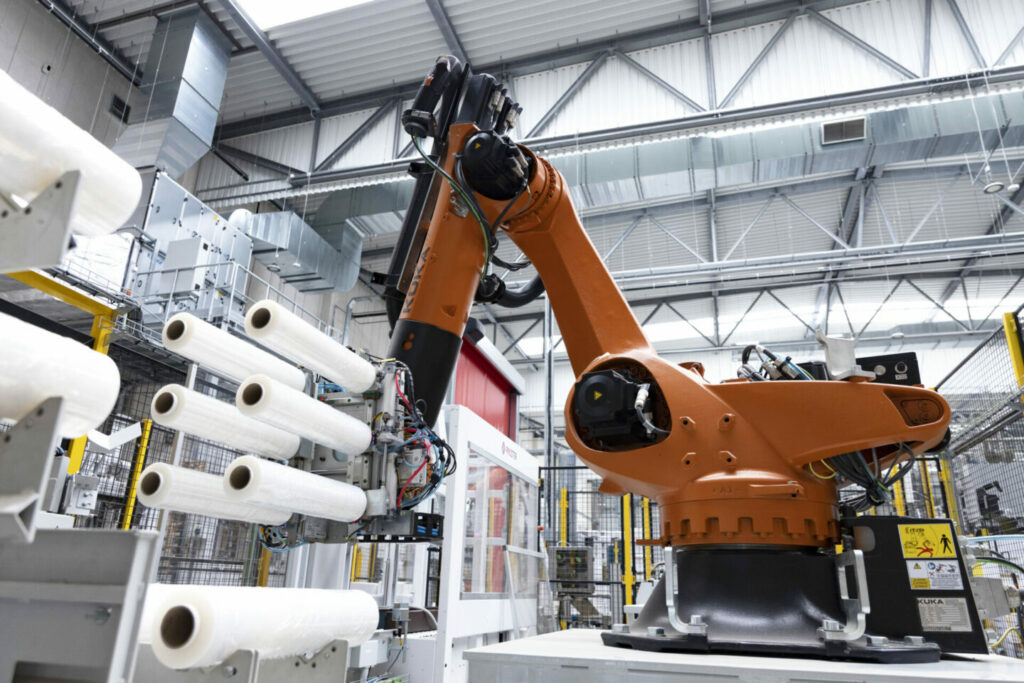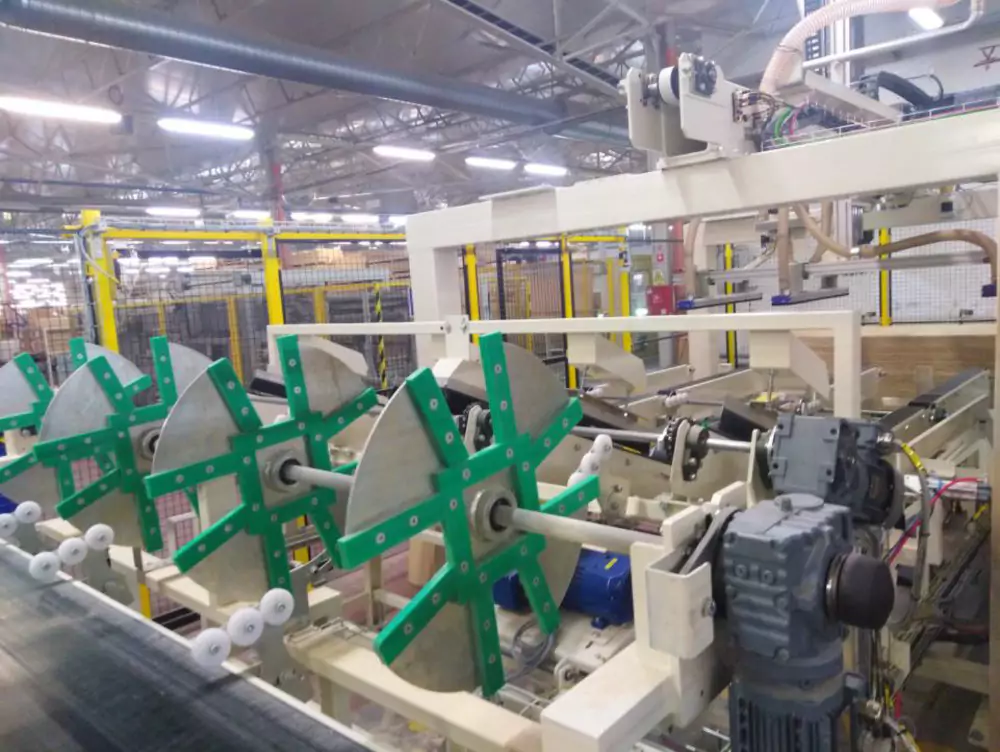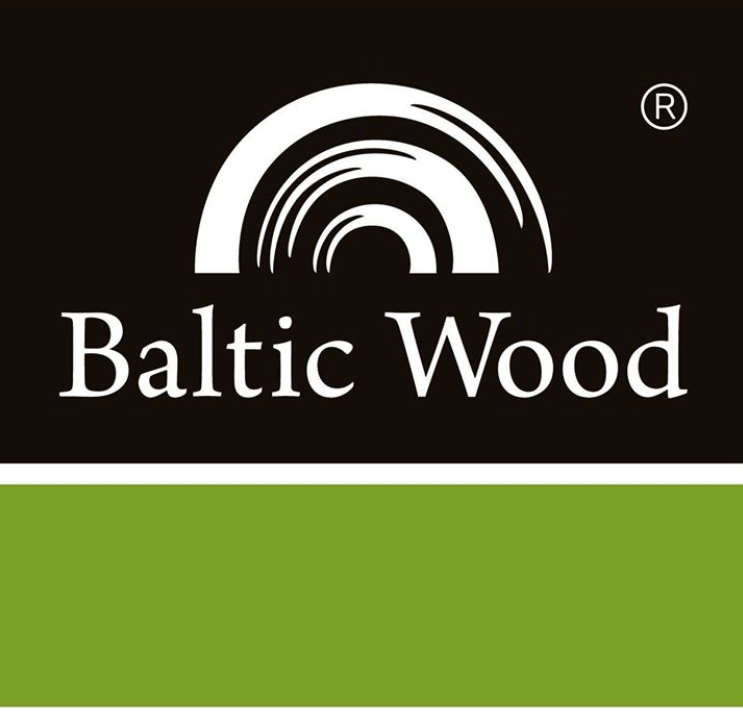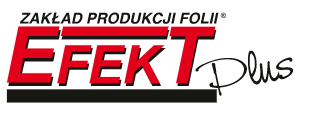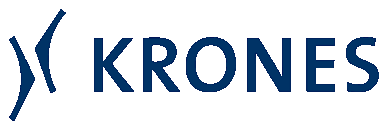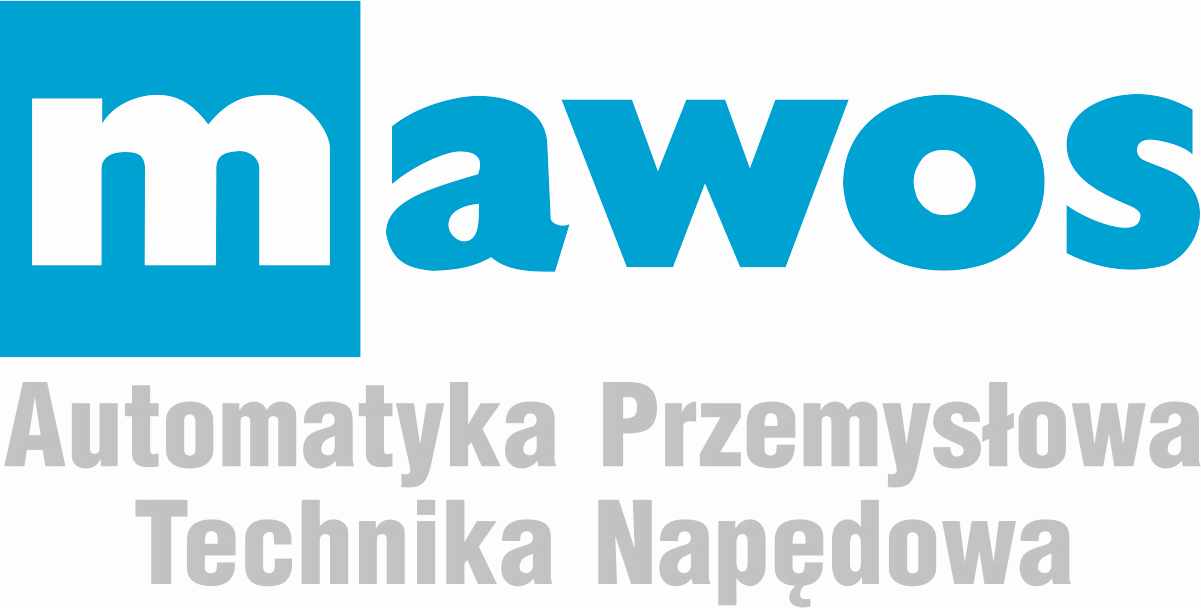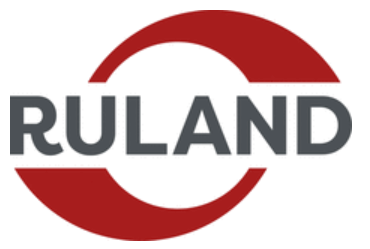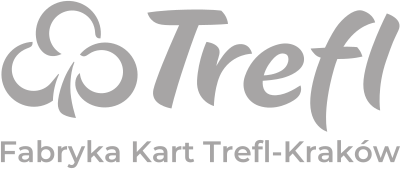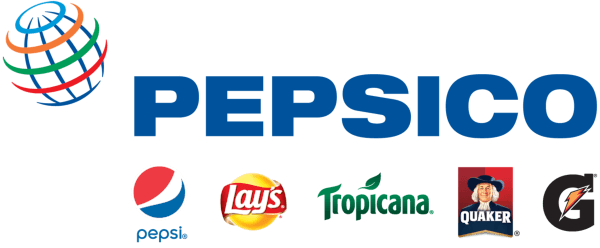Robotic depalletising of mineral wool for Ruukki
Project
RUUKKI is a company with tradition, which has its roots in Scandinavia. One of the company’s branches is the production plant in Oborniki, in the Wielkopolskie voivodship. As part of its efforts to expand its panel portfolio and increase productivity and safety on the production line, RUUKKI decided to introduce a new robotic depalletisation system for mineral wool sheets. Among the challenges of this project were:
- high efficiency of the depalletising line
- provision of an extensive buffer of unloaded sheets
- possibility of depalletising different types of mineral wool simultaneously
- optimisation of the quantity of discharged types and the depalletising area
- adapting the line capacity to current production needs
- optimisation of the process of selection of the wool type to be depalletised
- automatic tracking of transported sheets and forwarding to the right place
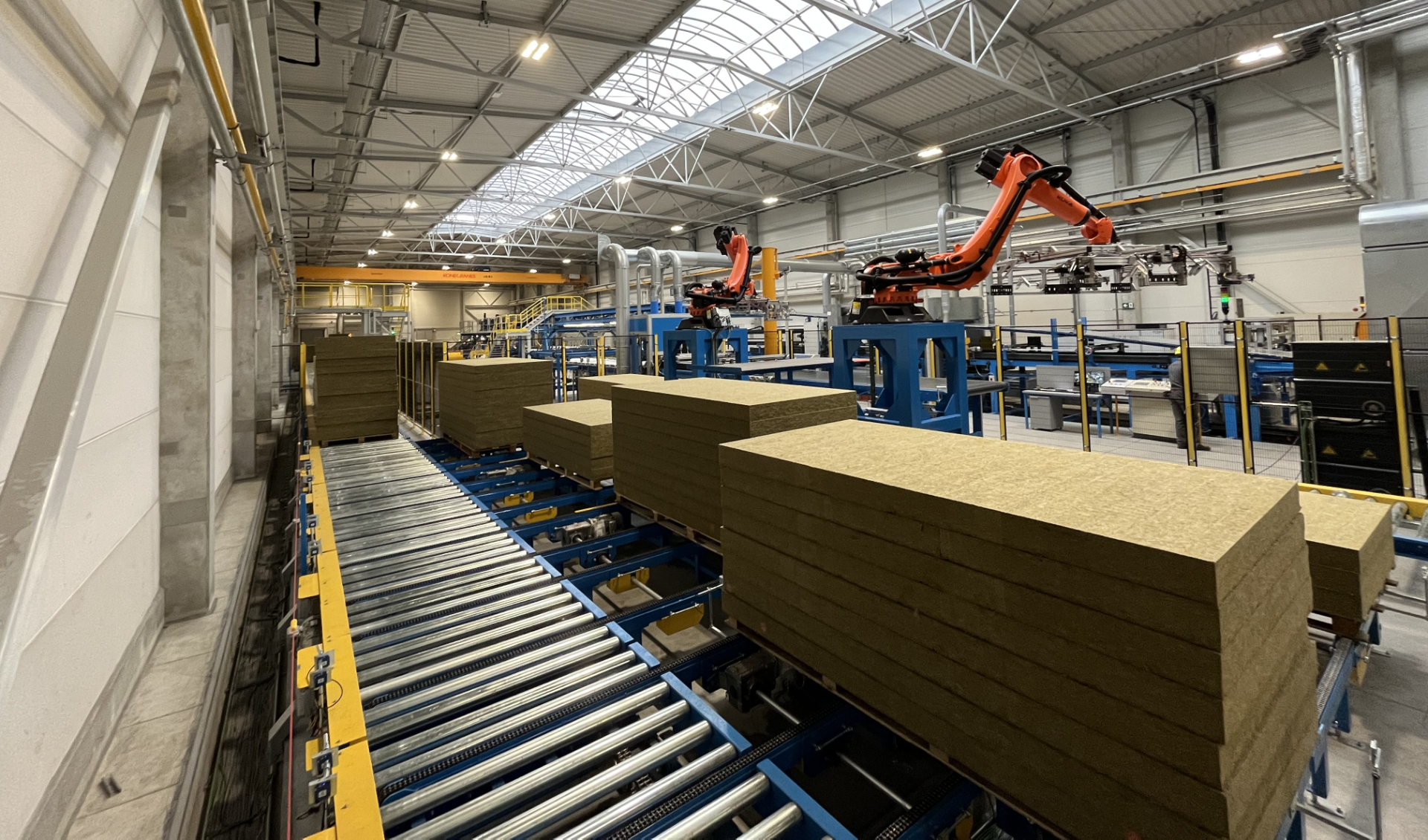
Proster solutions used in robotic depalletising line
We designed the new depalletising line so that the expected tasks were performed by two robot stations. This was necessary in order to ensure the process efficiency envisaged at the start of the project.
The pallets with mineral wool sheets are delivered by roller and chain conveyors. We deployed the conveyors on the production floor in such a way as to provide an extensive buffer of unloaded sheets. In practice, this means up to 33 pallets on the conveyors (3 deliveries from a lorry).
The stacks of pallets at the entrance to the robotic stations are unpacked manually from the protective film and then transported to the depalletisation process. We have programmed the robots to have the ability to unload sheets independently from four pick points to increase the efficiency of the process. The sheet of wool picked up by the industrial robot is deposited onto a conveyor belt, which transports it to the next stage of the process.
See how we implemented this project!👇
Project implementation process
During the implementation period, we designed a comprehensive range of mechanical automation and robotics, as well as electrical engineering. Then we manufactured the mechanical components and the power and control switchgear for the depalletisation line.
The implementation process started with the design of the roller and chain conveyor system and robot grippers. This was followed by the electrical design and construction of the power and control switchgear for the depalletising line.
Jarosław Tynka, Senior Project Manager at Proster
One of the most important stages of our engineers’ work was the design and manufacture of the two-jaw mechanical grippers. They have three main functions: transport of pallets, transport of mineral wool sheets and transport of sheet strips. Each of these functions, as well as, among other things, the maintenance of the drive mechanism of the grippers, is described in detail in the comprehensive line manual.
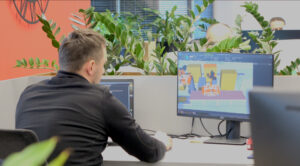
After the production phase, it was time to test the robotic workstations in our assembly hall with Ruukki employees. Once our solution was accepted, we took care of transport to the plant in Oborniki, where the depalletising line was assembled.
Depalletising line commissioning
Once the assembly work was completed, we configured the automation equipment and the robots themselves, and then test-run our line on various formats of semi-finished mineral wool sheets and strips – which went without major disruption.
We first carried out the integration of the depalletising line with the customer’s production line, where we focused on exchanging the relevant signals between the two. This made it possible to coordinate their work so as to maintain the condition of continuous feeding of the semi-finished mineral wool sheets. This is because any interruption of the depalletisation process causes stop in continuous production on the sandwich panel production line, which in turn entails a loss of time and material for the customer.
Once the continuous depalletisation was perfected, we focused on achieving full line efficiency with production processes. At this stage, work was mainly carried out on optimising the robot movements in order to reduce the cycle time for feeding the mineral wool sheets to a minimum. After several adjustments to the robot sequence, the expected results were achieved in terms of the efficiency of the robotised depalletisation process. The final stages of commissioning were the training of the line operators and maintenance services, followed by the handover to the customer with a short production assistance from us. All these stages took about two months, after which the customer was able to fully use the purchased line for depalletising mineral wool sheets.
100%
increase in process efficiency

The entrusted works were performed professionally and in accordance with Ruukki's expectations. PROSTER is characterised by reliability and due involvement in the work performed. The order was completed efficiently, accurately and on time. We recommend PROSTER company as a competent and trustworthy contractor offering high quality services.
Process Engineer Ruukki Polska Sp. z. o.o.
Benefits for our partner
The mineral wool sheet depalletising line we designed and constructed provided Ruukki with tangible benefits.
-
100% increase in line efficiency
directly increases company’s profits
-
Increased efficiency
through a system that allows the tracking of transported sheets
-
Simplicity of retooling
allows the wool sheet type to be changed quickly, while minimising line downtime
-
Comprehensive staff training
ensures occupational health and safety during the operation of the depalletization line
-
Easily set up depalletising capacity
increases control over the production process and optimises resource utilisation
-
Process flexibility
thanks to functionality of adjustment to current production needs
-
PROSTER warranty and post-warranty service
guarantees fast response and peace of mind in the event of system failure
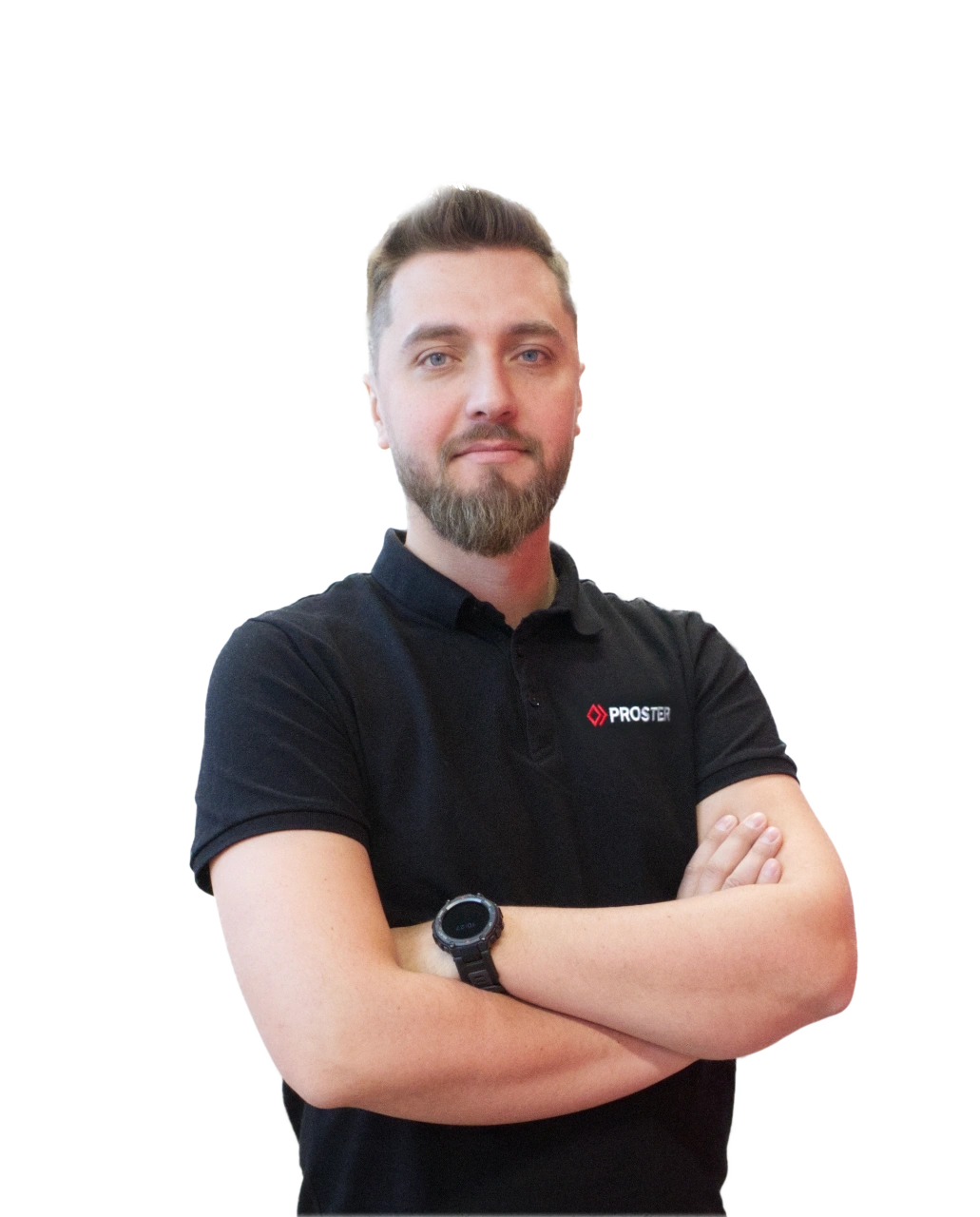
Talk to an advisor
Send an inquiry or call +48 513 221 627. We will talk for a few minutes about the challenges you face.
